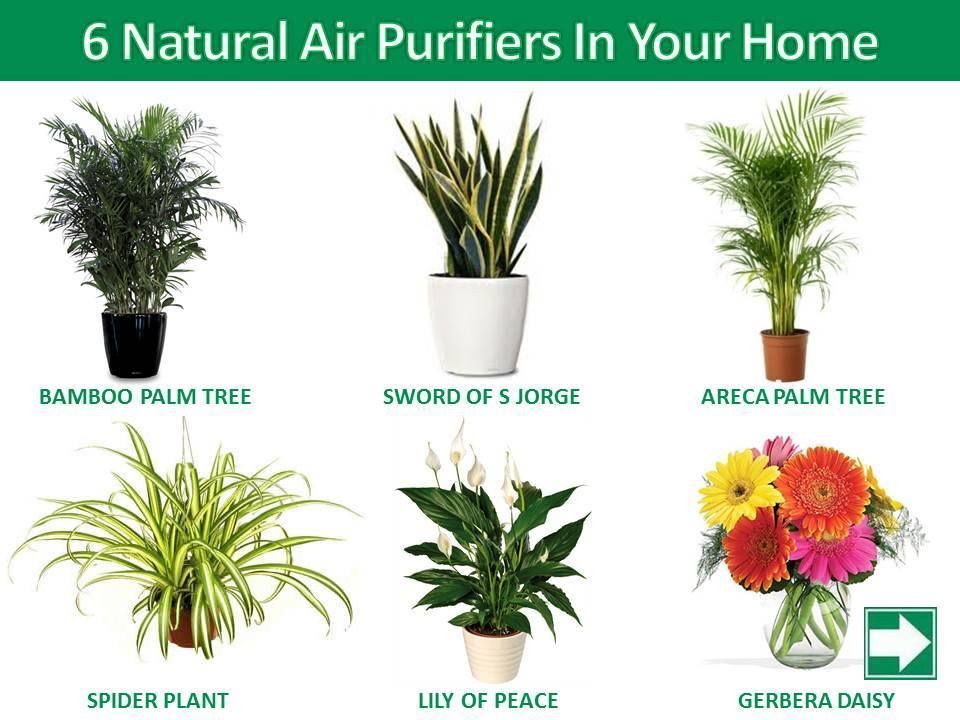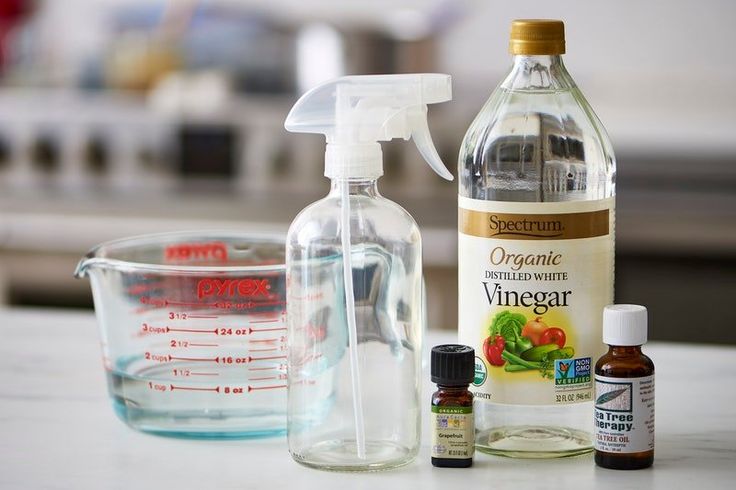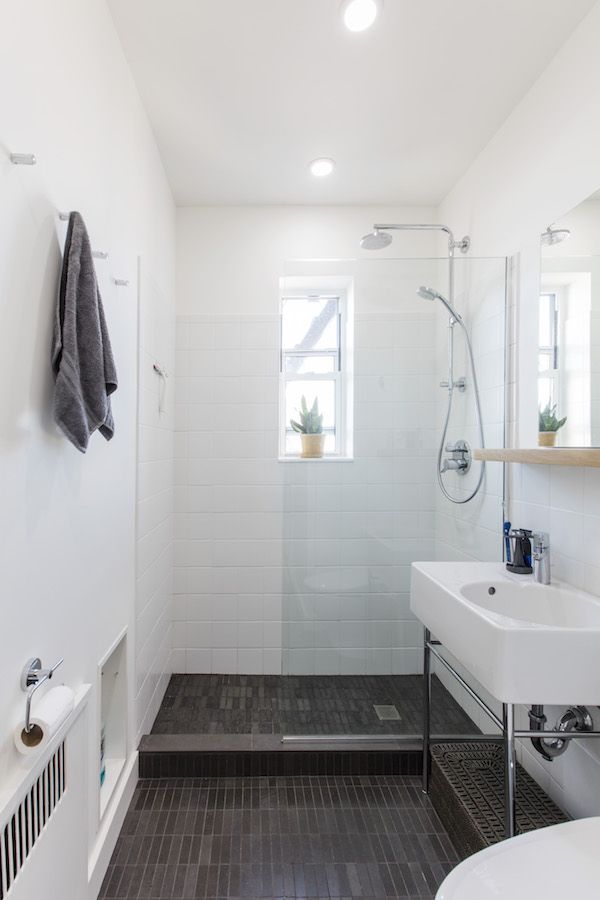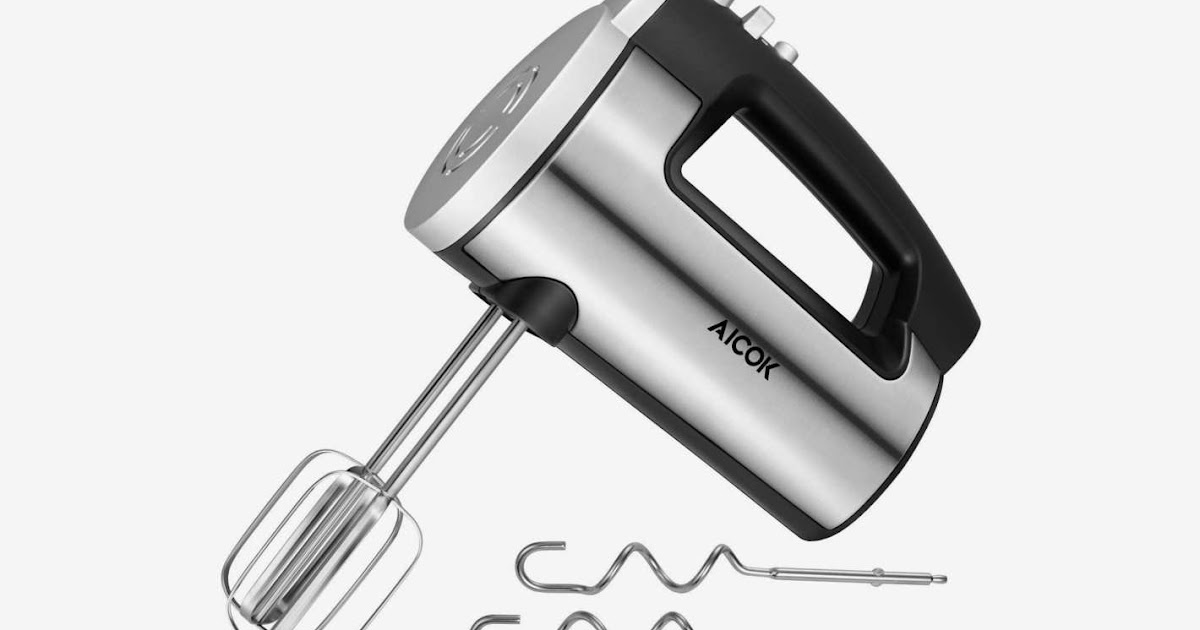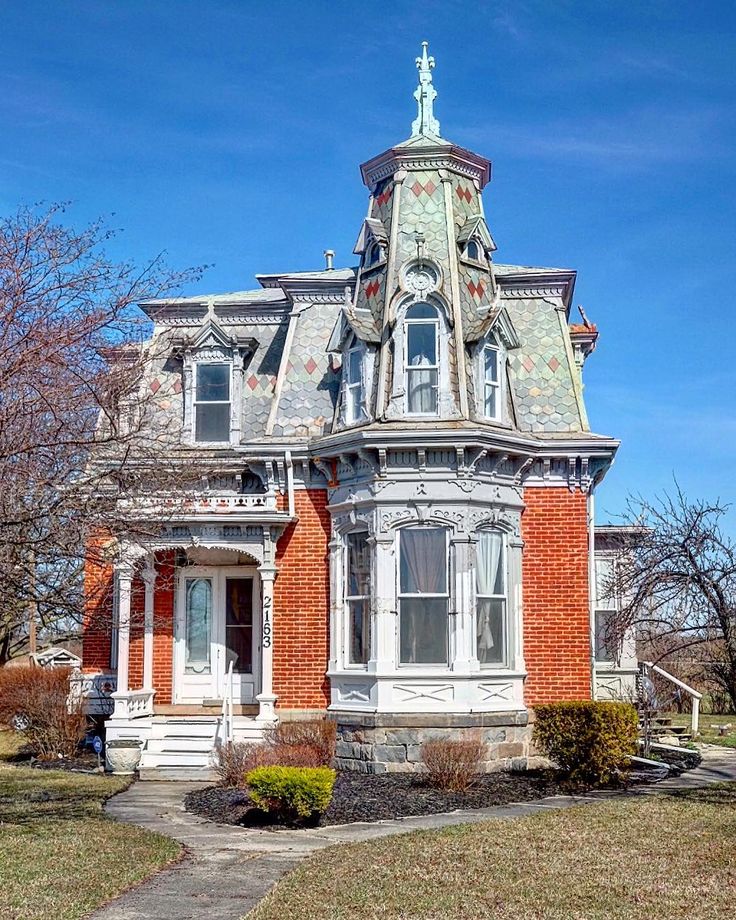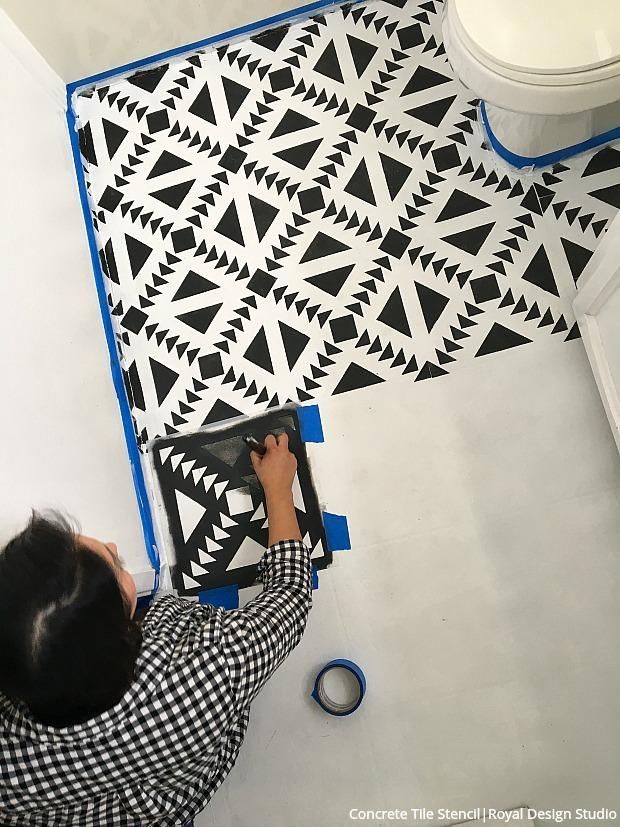Plants that freshen indoor air
10 Indoor Plants That Clean the Air
Did you know that houseplants help purify the air in our homes? We’ve long known that indoor plants improve our mood and reduce stress levels, but improving air quality is an additional benefit! See the best air-purifying houseplants.
During the colder months, we spent a lot of time indoors. Certainly, healthy indoor air is a top priority. Without proper ventilation, it doesn’t take long for indoor pollutants to build up to unhealthy levels.
Indoor pollutants come in two major varieties:
- Particulates such as dust, mold spores, and pollen.
- Volatile organic compounds (VOCs). VOCs are gases that are released from paints, fabrics, wallpaper, carpeting, plastics, and solvents commonly found in most homes. Even household chemicals such as bleach, ammonia, detergents, furniture polish, carpet cleaners, and moth balls give off harmful gases.
Mechanical or electrostatic filters can be effective in trapping particulates, but unless we remove the source, airborne chemicals are difficult to eliminate entirely.
What do plants have to do with indoor air?
Let’s review a basic bit of botany: plants absorb carbon dioxide (Co2) and release oxygen (O2), which is used by all humans and living beings to breathe. Outdoors, tree planting makes use of that concept to atone for the effects of air pollution. So, would indoor plants do the same with indoor air?
Back in 1989, a NASA Clean Air Study tested 19 different species of plants to see if they would be effective at cleaning the air. They found that in just 24 hours, up to 87% of the formaldehyde, benzene, and trichloroethylene was removed from the air by the leaves and roots of the plants, while oxygen was returned to the room. Bottom-line: common, low-light houseplants absorbed toxins and helped purify the air!
…Or so we thought. A 2019 study by the Journal of Exposure Science & Environmental Epidemiology concluded that the effect of indoor plants on indoor VOC levels has been a bit overblown. While they do purify the air, they do so at such a slow rate that it doesn’t make much of an impact in the end.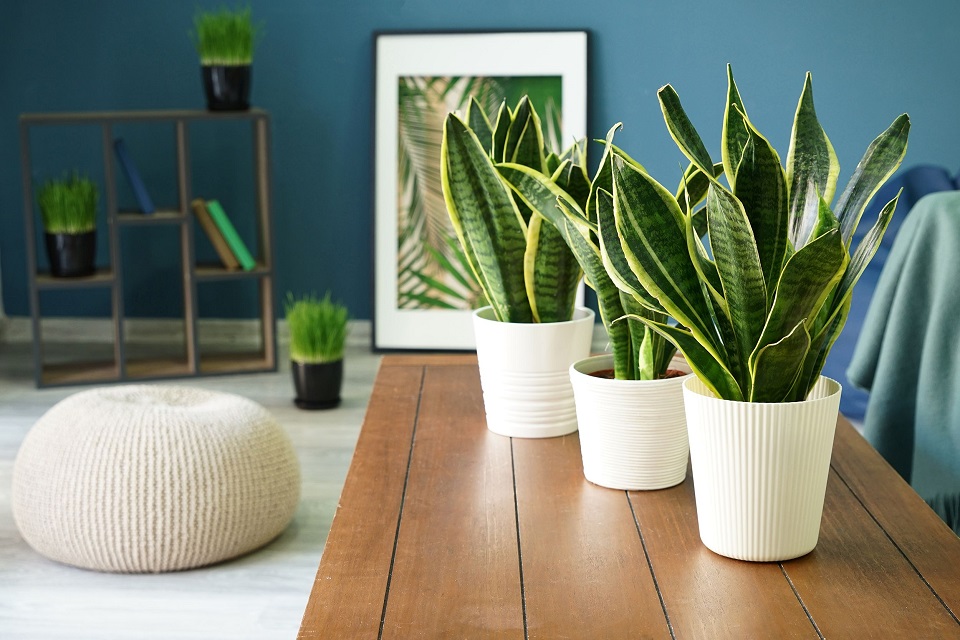
We say: Every little bit helps! And, frankly, it’s not surprising that some houseplants purify the air.
10 Indoor Plants That Clean the Air
Some of the best air-purifying houseplants are:
1. Spider Plants (Chlorophytum comosum) are powerful air purifiers which are able to remove formaldehyde, a gas that is emitted by cigarette smoke, dry cleaning, synthetic carpeting, fingernail polish, and more. Spider plants also remove carbon monoxide which you may find in rooms with fireplaces or has stoves. Fortunately, spider plants are very easy to grow and maintain. Just keep moist in a semi-sunny to shady spot and it will thrive.
Spider plants
2. Philodendrons, one of the most popular houseplants, are also excellent air purifiers and remove formaldehyde gases from the air. Plus, they are practically bullet-proof plants with quick-growing trailing vines and pretty heart-shaped leaves. They can take full sun to shade if watered regularly. Heart-leaf, Philodendron selloum, and elephant ear philodendrons are the best air cleaners.
Heart-leaf, Philodendron selloum, and elephant ear philodendrons are the best air cleaners.
Philodendron
3. English Ivy (Hedera helix) is also a popular, hardy plant that is easy to grow. It removes most pollutants. It is not fussy about light and can survive sun to shade. Ivy doesn’t like high temperatures and prefers to stay cool. Keep moist and spray the leaves weekly to discourage spider mites.
English ivy
4. The Peace Lily (Spathiphyllum sp.) is a beautiful plant with a lovely white flower which thrives nicely in average indoor temperatures. Peace lilies are known to clean the air of alcohols, acetone, trichloroethylene, benzene, and formaldehyde. Keep moist in a semi-shady location.
Peace lily flower
5. Variegated Snake Plant (Sansevieria trivasciata), also called “Mother-in-Law’s Tongue,” is very easy to grow.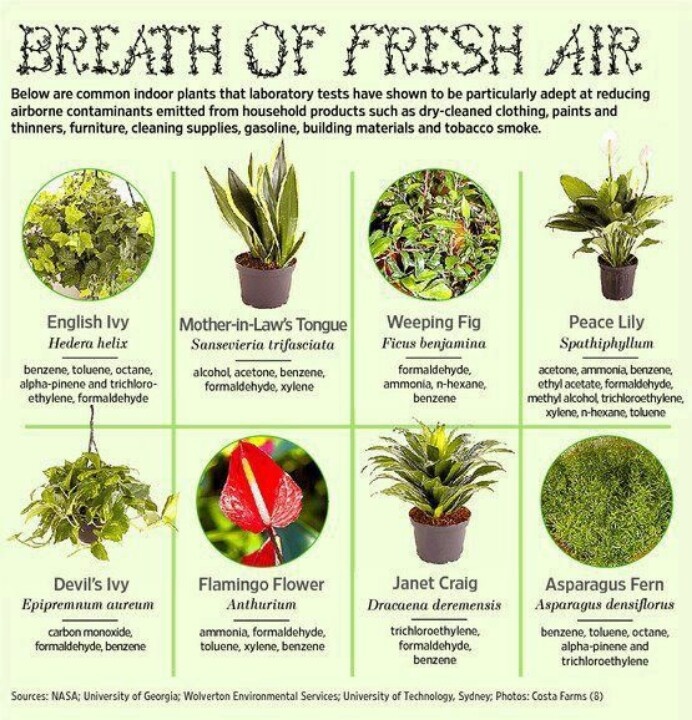 Water heavily then let it dry out before watering again. It can survive any location from sun to shade.
Water heavily then let it dry out before watering again. It can survive any location from sun to shade.
Snake plant (this 35-year-old Mother-in-Law’s Tongue actually did come from a mother-in-law).
6. Bromeliads win a gold star for cleaning up most pollutants. They release oxygen and remove air pollutants at night while you sleep! These pretty plants with their bright flowers and green foliage do best with bright, indirect sunlight or fluorescent office lighting. This drought-tolerant plant doesn’t need much maintenance, but will get root rot if you over-water or don’t provide good drainage.
Bromeliad
7. Dracaena like to be kept moist in a semi-sunny to shady location. Warneck, Janet Craig, red-edged, and cornstalk dracaenas have been rated the highest in removing air pollutants.
8. Weeping fig (Ficus benjamina) likes bright indirect light, high humidity, and warm temperatures. Water when top of soil feels dry and mist the top regularly.
Water when top of soil feels dry and mist the top regularly.
9. Rubber plants (Ficus elastica) tolerate dim light and cool temperatures and remove air toxins from any indoor environment.
10. Areca palms (Chrysalidocarpus lutescens) are beautiful, easy plants that remove all indoor air toxins.
More Plants That Clean the Air
- If you would rather have flowering plants, two that fared well in the testing were Chrysanthemums and Gerbera daisies. They are effective at removing VOCs and produced blossoms too!
- Chinese evergreens (Aglaonema) like warm temperatures and medium to low light conditions. Allow it to dry a bit between waterings. Keep out of drafts, which can cause the leaves to brown.
- Reed or Bamboo Palms thrive in low light as long as they are kept evenly moist.
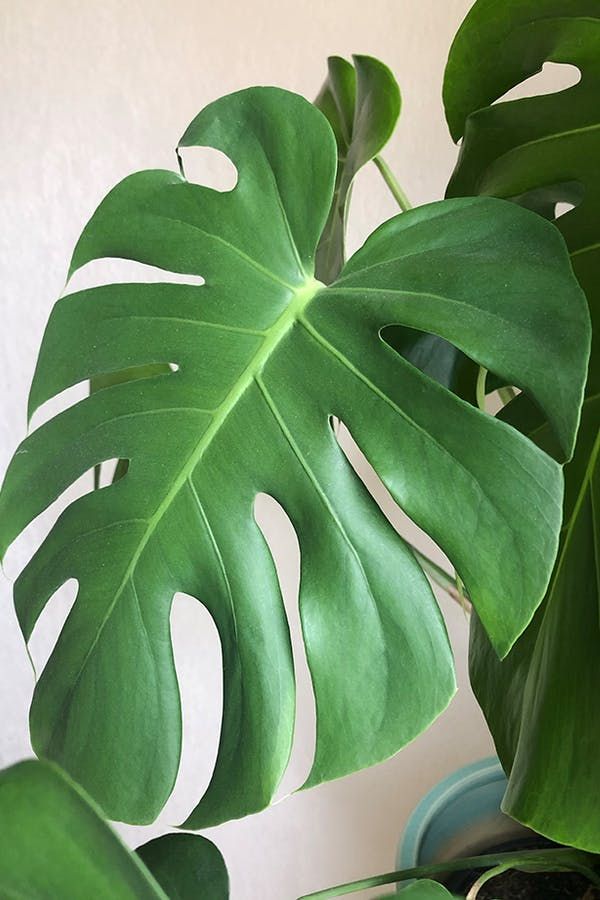
- Other great air-purifying houseplants include Boston ferns, aloe vera, and bird of paradise.
No need to turn your home into a jungle, though: In a house with 8 to 9 foot high ceilings, only one or two plants per 100 square feet of floor space is beneficial. The roots and micro-organisms in the soil play as important a role as the leaves, so plants should be in 6- to 8-inch wide pots with the soil surface exposed to the air. Soaking up toxins seems to have no adverse effect on the plants studied. Research shows that they safely metabolize the compounds by breaking them down to harmless carbon, water, and salts.
We clean our homes of dirt, so why not clean the air—especially if it is as easy as adding a few more houseplants.
See our Houseplants Care Guide on how to keep your houseplants happy and healthy—so that that they can keep your air healthier, in turn!
10 Indoor Plants That Help Clean, Purify Air, and Absorb Odor
Did you know that NASA commissioned a two-year study regarding how to clean the air in space stations with house plants? I stumbled upon this information while researching how to maintain a healthy home. Plants in space — how cool is that?
Plants in space — how cool is that?
NASA discovered that some house plants clean air by not only absorbing carbon dioxide and releasing oxygen, but also by eliminating significant amounts of VOCs (volatile organic compounds) and other chemicals from the air. We’ll talk about which indoor plants to consider for purifying the home, a little about the chemicals they remove, and the importance of good ventilation overall with fresh air and filters.
Chemicals These House Plants Clean From Air
NASA spent two years testing house plants for formaldehyde, benzene, and trichloroethylene removal properties. Another indoor plant study by Dr. B.C. Wolverton researched ammonia, xylene, and toluene so we’ll mention both.
Formaldehyde
Unfortunately, formaldehyde (in small amounts) is everywhere in the home from building materials to household products. A short list of where it can be found includes insulation, glues and adhesives, pressed wood products like particleboard (a material used in a lot of furniture, decorative plywood paneling, wrinkle removers, gas stoves and fire retardants. On the extreme, formaldehyde is thought to cause cancer while moderate exposure leads to allergic reactions. Either way, it’s not ideal to have around.
On the extreme, formaldehyde is thought to cause cancer while moderate exposure leads to allergic reactions. Either way, it’s not ideal to have around.
Benzene
Human exposure to benzene occurs through inhalation, with cigarette smoke as a major offender as well as exposure to benzene-containing petroleum products. For example, WHO says that homes with attached garages have higher levels of benzene than those with detached garages. Other sources of benzene include smog (especially near industrial areas), building materials like paint and glues, paint stripper, detergents, rubber and inks. Benzene is an irritant and a well-known cause of cancer in cases of chronic exposure. There’s a long list of other health problems associated with benzene.
Trichloroethylene
Trichloroethylene is an organic compound primarily found in building materials and industrial solvents that are used to remove grease. Unfortunately, it’s also found in water. Sources of trichloroethylene include rug cleaners, spot removal fluids, typewriter correction fluid, adhesives and paint remover.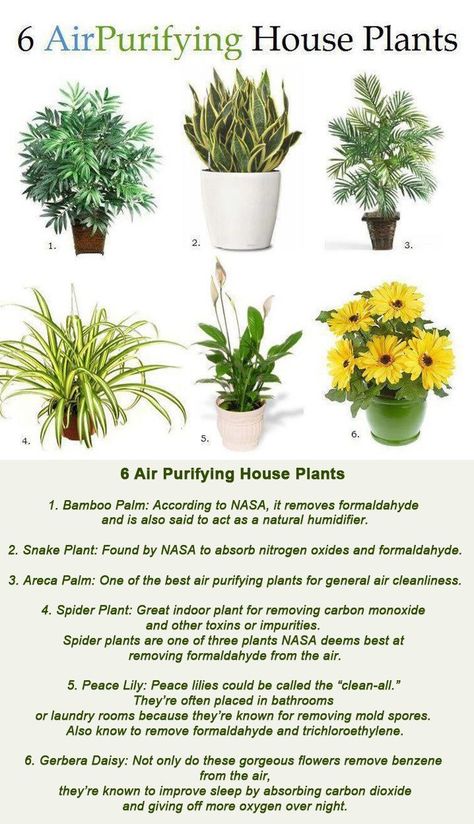 Trichloroethylene damages the central nervous system causing fatigue, blurred vision as well as cancer and birth defects in cases of chronic exposure.
Trichloroethylene damages the central nervous system causing fatigue, blurred vision as well as cancer and birth defects in cases of chronic exposure.
Xylene and Toulene
Exposure to xylene and toulene happens through inhalation, swallowing or touching these compounds. Sources include fingernail polish, glues and adhesives, lacquer, paints, paint thinners, wood stains, rubber and plastic cements. Xylene and toulene are irritants that affect the nervous system, gastrointestinal system, kidneys and more.
Ammonia
We all probably know what ammonia smells like due to ammonia-based cleaners. Sources of ammonia include household cleaners, animal feces, fertilizers, wood fires and fuels. Low levels of ammonia in the home aren’t problematic but increased exposure leads to nausea and headaches. People with allergies and asthma are particularly sensitive to ammonia in the air.
10 House Plants That Help Purify Air
So, now let’s talk about which house plants clean air of these nasty chemicals. Interestingly enough, a lot of these plants might be toxic to cats and dogs (or even kids) if eaten, so do some additional research if you have pets.
Interestingly enough, a lot of these plants might be toxic to cats and dogs (or even kids) if eaten, so do some additional research if you have pets.
1. Snake plant (
Sansevieria trifasciata)Snake plant or mother-in-law’s tongue (really, could they have thought of a better nickname?) is a very popular house plant that also can be used outdoors in areas without direct sunlight. It’s native to West Africa and, with its upright leaves, has a lot of architectural interest. This makes it a popular choice for contemporary homes and I can vouch for house low-maintenance it is since I personally have it in several rooms. The snake plant is a very effective indoor air cleaner against formaldehyde, benzene, trichloroethylene, xylene, and toluene.
2. Peace lily (s
pathiphyllum ‘Mauna Loa’)Peace lily helps clean the air of all the offending chemicals listed above. In addition, it helps get rid of acetone, a chemical released by electronics and certain cleaners.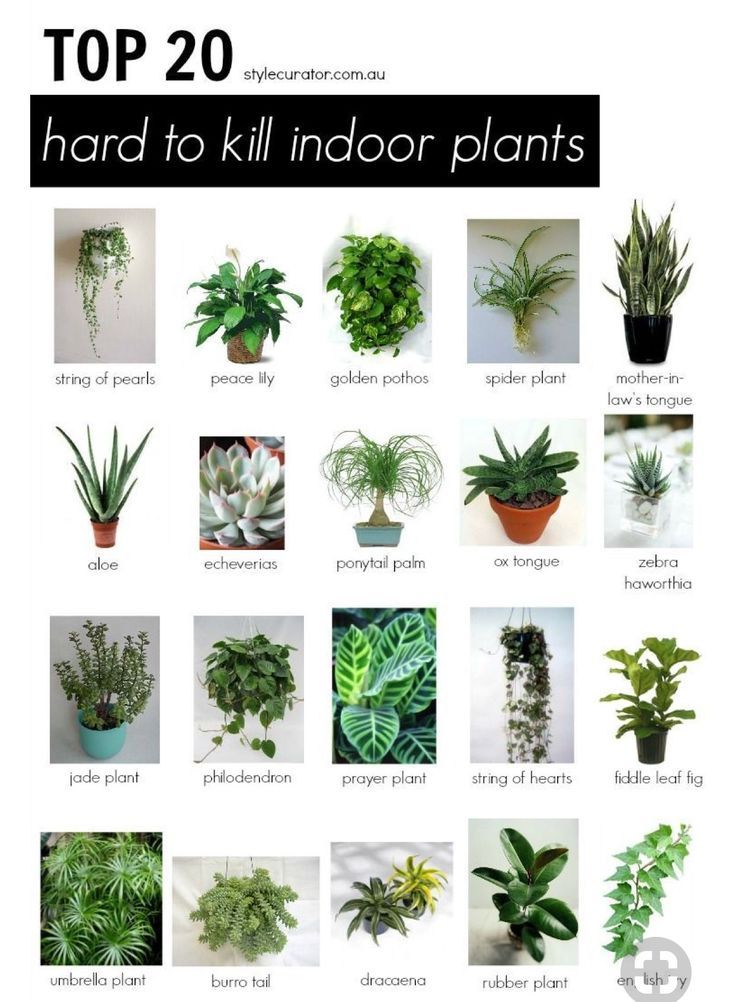 Peace lilies require shade and frequent watering. Keep dust of the leaves as well.
Peace lilies require shade and frequent watering. Keep dust of the leaves as well.
3. Boston fern (
nephrolepis exaltata bostoniensis)Indirect light and moderate, Southern California warmth keep Boston ferns happy. They’re easy to find, inexpensive and can take some neglect. Boston ferns are some of the best filterers of formaldehyde, though they also clean small amounts of xylene and toulene.
4. Gerbera Daisy or Barberton daisy (
gerbera jamesonii)Three cheers for color! Gorgeous Gerbera daisies not only cheer up your home, but do it some good too. Gerbera daisies are rare plants in that they also release oxygen during the night, so keep them in the bedroom for restful sleep. They need sun and water as soon as the dirt in the pot dries out. Gerbera daisies rid the air of benzene, formaldehyde and trichloroethylene.
5. Red-edged dracaena (d
racaena marginata)I bought my first red-edged dracaena at Home Depot for about $2.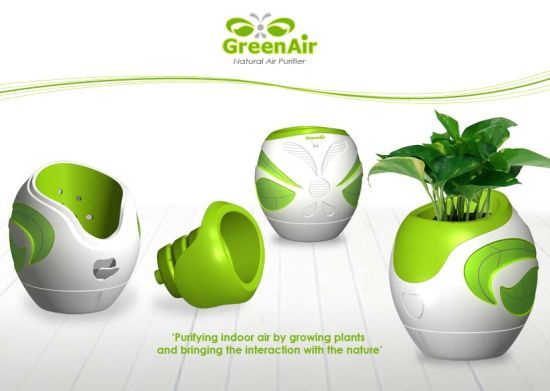 The leaves had a red edge that can add a pop of color to an indoor arrangement. However, these can grow very tall so remember that as you decide to increase pot size. I am actually also currently growing these in shade outdoors as well — they’re gorgeous. Red-edged dracaena filters formaldehyde, benzene, trichloroethylene, xylene, and toluene.
The leaves had a red edge that can add a pop of color to an indoor arrangement. However, these can grow very tall so remember that as you decide to increase pot size. I am actually also currently growing these in shade outdoors as well — they’re gorgeous. Red-edged dracaena filters formaldehyde, benzene, trichloroethylene, xylene, and toluene.
6. Pot mum (
chrysanthemum morifolium)Chrysanthemums like sun and water as soon as the soil is dry an inch or so from the top. Inexpensive to buy at even grocery stores, chrysanthemums not only have excellent feng shui properties, but they are house plants that clean all chemicals listed above from the air, especially benzene.
7. Aloe
Though not a part of the NASA study, aloe is extremely good at filtering our formaldehyde. It loves sun so is the perfect plant to keep near a kitchen window. Break off a leaf to heal accidental burns and wounds as well–it’s dual purpose!
8. Lady palm (
rhapis excelsa)These gorgeous palm trees with their finger-like leaves do well inside the house without direct exposure to sunlight. Be careful not to soak the roots. Lady palms remove formaldehyde, xylene, and toluene, but they are also an extremely efficient ammonia cleaner.
Be careful not to soak the roots. Lady palms remove formaldehyde, xylene, and toluene, but they are also an extremely efficient ammonia cleaner.
9. Golden pothos (
epipremnum aureum)Golden pothos is a fast-growing vine that looks great in hanging pots or wherever it has the ability to cascade or climb. Consider placing golden pothos near the garage as it has an acute ability to clean benzene out of the air as well as carbon monoxide. Formaldehyde, trichloroethylene, xylene and toulene are other chemicals the plant targets.
10. Philodendrons (
philodendron oxycardium, philodendron bipinnatifidum, philodendron domesticum)Philodrendrons are known specifically for removing formaldehyde from the air. With big, decorative leaves, they make for stunning container gardens indoors and out.
NASA recommends that you use 15-18 house plants (that live in 6-8 inch containers) in an 1800 square-foot home.
The Importance Of Good Ventilation
Though filling your home with gorgeous house plants helps the family breathe well, letting in the fresh air and re-circulating it in a healthy manner is also extremely important. I’ve been using 3M’s Filtrete filters for a few months now to trap dust, pet hair, and other particles. All seems to be going well and I haven’t had to use any allergy medicine yet during spring.
I’ve been using 3M’s Filtrete filters for a few months now to trap dust, pet hair, and other particles. All seems to be going well and I haven’t had to use any allergy medicine yet during spring.
How do you use house plants to purify air?
Photo credits: snake plant, Wikimedia Commons; boston fern, Flickr/bifishadow; gerbera daisy, Flickr/conspiracyofhappiness; red-edged dracaena, Flickr/blumenbiene; chrysanthemum, Flickr/hbarrison; aloe, Flickr/tag.your_itt; golden pothos, Flickr/eggroll; philodendron, Flickr/Drew Avery
Sources: Wikipedia, WHO, EPA, Medline Plus
Top 9 indoor plants that perfectly clean the air
To remove dust from the air, you can buy an expensive air conditioner, to humidify it, you need to turn on the steam generator, pleasant smells will spread around the apartment if you spray the air freshener ... Or you can do without these expensive and far from always harmless devices and buy flowers.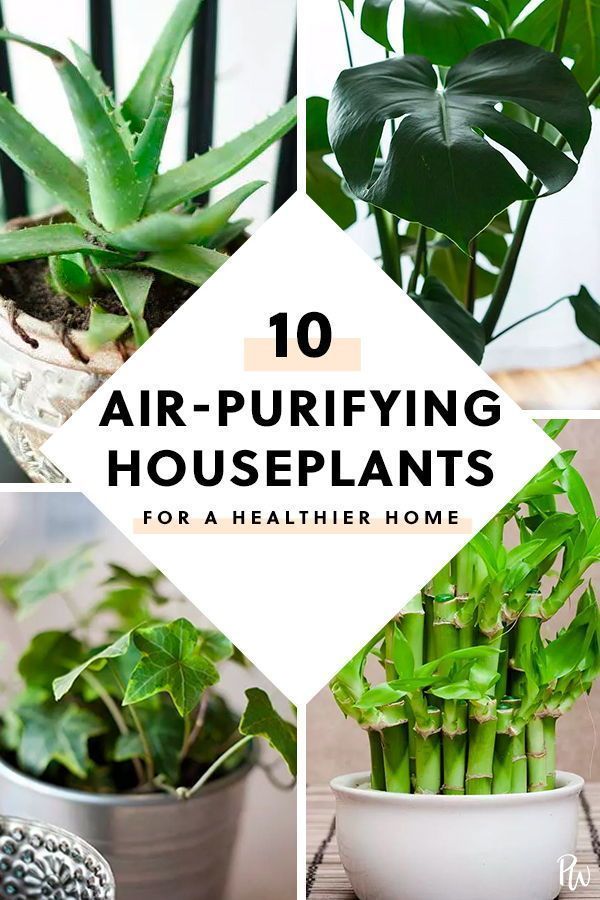 Many indoor plants, familiar from childhood and seemingly well known, it turns out, can not only decorate the interior, but also purify the air well.
Many indoor plants, familiar from childhood and seemingly well known, it turns out, can not only decorate the interior, but also purify the air well.
1. Azalea, or rhododendron
Household chemicals depress not only microbes: alas, its fumes also have a bad effect on humans. To prevent the bathroom cleaner cabinet from being your enemy, put a pot of azalea on the shelf: it will absorb ammonia and formaldehyde (don't forget about good lighting). You can also place this flower in the kitchen, since various kinds of detergents and solutions have found a place there as well. In addition, the azalea repels bugs and ants, and, therefore, is able to protect products from them.
Azalea
2. Ivy (chedera)
In addition to the main result - pleasant feelings from the feeling of novelty - carried out at home, repairs can also have a side effect: indisposition from the fumes of paints, varnishes and other chemicals used for interior decoration. Moreover, the emission of gases harmful to health can continue for a long time after the applied coatings have dried. To reduce their unpleasant impact, it is advisable to arrange pots of ivy in the room. It absorbs formaldehyde, benzene, and carbon monoxide well (the latter quality makes ivy a very valuable plant in city apartments and helps clean the air from the street).
To reduce their unpleasant impact, it is advisable to arrange pots of ivy in the room. It absorbs formaldehyde, benzene, and carbon monoxide well (the latter quality makes ivy a very valuable plant in city apartments and helps clean the air from the street).
Ivy
In addition, if there is a cat in the house whose life takes place within four walls - again a classic example of urban housing - then the notorious cat litter box can become a source of allergies for the owners. Therefore, it is worth placing ivy next to it, which is a good trap for allergen microparticles. And an additional bonus will be the allocation of phytoncides to them, which is very useful in the "cold" periods of the year.
3. Chlorophytum
Almighty advertising has convinced us that sterile cleanliness in the kitchen can only be obtained by using powerful cleaning agents. However, she forgot to warn that some of their species emit formaldehyde, a potential carcinogen. So if the housewives are not yet ready to give up household chemicals, then they should place five or six pots of chlorophytum in the kitchen, which is able to absorb many toxic substances.
Chlorophytum
In addition, chlorophytum has pronounced antimicrobial properties - it is not for nothing that even astronauts on the ISS breed it, where maintaining cleanliness is much more critical than on earth. There is information that this plant is capable of reducing the number of microbes in the air by almost 10 times per day, which means that its presence in the house is a good help in the fight against viruses that enter the air after someone with a cold sneezes heartily .
4. Rubbery ficus
When buying furniture made of chipboard, do not forget to purchase and place ficus next to the new sofa or wardrobe. Firstly, it will capture from the air and retain such harmful substances as trichlorethylene and formaldehyde (lacquers and paints are “rich” in the first place, synthetic resins used in the production of chipboard are in the second). Secondly, its large leaves are good dust collectors, the main thing is not to forget to wipe them with a damp cloth from time to time. And, thirdly, the ficus actively releases oxygen, which means that it will be easier to breathe in the room.
And, thirdly, the ficus actively releases oxygen, which means that it will be easier to breathe in the room.
Ficus
5. Aloe (agave)
Oh, how long ago you tried to throw away this annoying plant with fleshy thick leaves, planted with thorns along the edges! However, before taking the pot to the trash can and shaking the earth out of it, it would be useful to familiarize yourself with the beneficial properties of aloe. And there are many of them: suffice it to mention the ability to capture phenolic and benzene compounds, many of which are pleasant to smell and just as harmful to health. Noteworthy is its ability to fight germs that cause colds.
Aloe
It is best to put the agave pot on the window in the kitchen, because in bright light the plant is at its best. In addition, not only the volatile substances released by aloe are bactericidal, but also its juice: if, for example, you scratched your hand when opening canned food, it is quite capable of replacing brilliant green and disinfecting the cut site with high quality.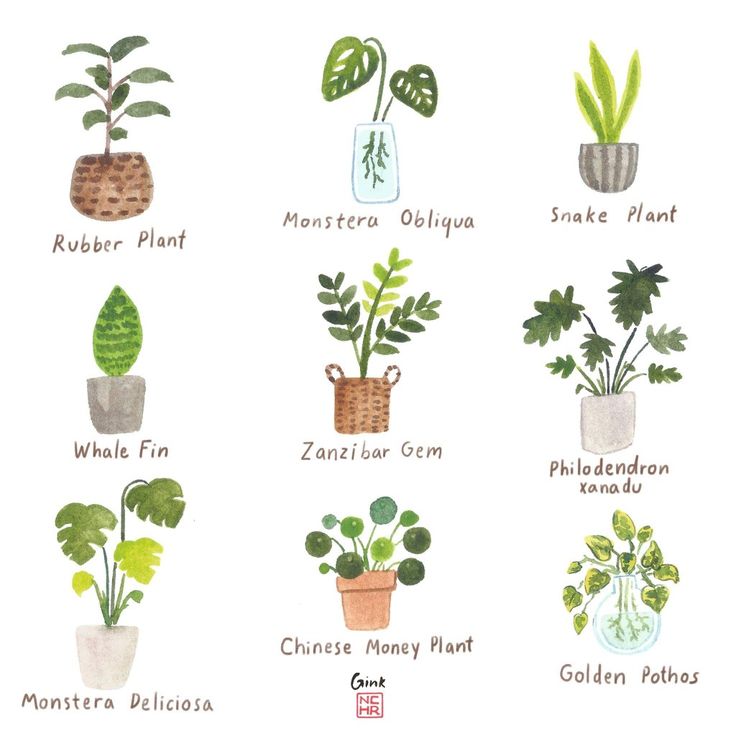
6. Dracaena
Like many indoor plants, dracaena has a double effect - firstly, it releases phytoncides that reduce microbial air pollution. In addition, it absorbs carcinogens: formaldehyde - an integral part of artificial resins that are part of finishing materials, trichlorethylene and xylene - types of solvent for paints and varnishes.
Dracaena
In addition, xylene can also be released from plastic, so a planter next to the TV would be a good place for dracaena at home, and in the office - a computer desk.
7. Golden epiprenum, or scindapsus
Formaldehydes, which have been mentioned more than once, can be emitted not only by paint and varnish products, but also by exhaust gases. In addition, car mufflers emit carbon monoxide, so if the garage is adjacent directly to the house (or there is a living room above it), epiprenum can be placed in rooms or corridors, which can absorb them well. However, this plant belongs to the vines, so it needs to be given "space for maneuver": it does not like cramped rooms.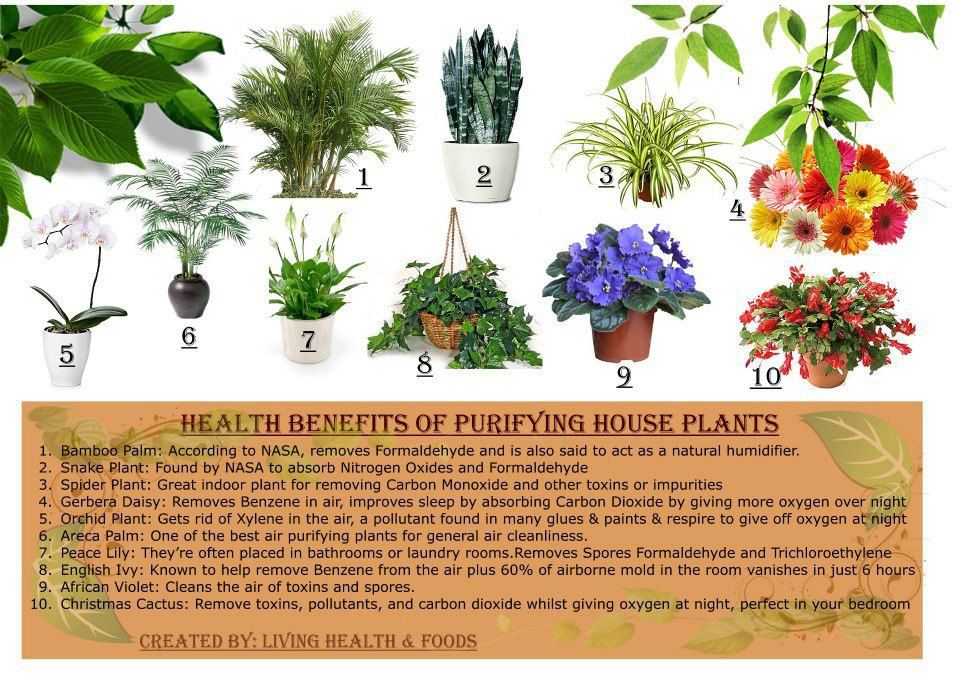
Epiprenum
In addition, epiprenum purifies the air from the vapors of benzene compounds (toluene, xylene), which are emitted by many finishing materials, and well heals the house after repair. Another valuable quality of the plant is its active resistance to microbes, as well as fungi, so it prevents the spread of mold.
8. Chrysanthemum
This delicate flower is well known to florists and gardeners, but few people know that along with beauty it has good filtering and antibacterial properties. Meanwhile, the chrysanthemum well cleans the air of benzene - a constant component of paints, plastics and solvents, absorbs ammonia.
In addition, the owners of a house where indoor chrysanthemums grow are much less at risk of catching a cold: the plant releases phytoncides, which means that there is no place for pathogenic microbes next to it.
Chrysanthemum
9. Dieffenbachia
An apartment in the center of a metropolis or a workroom in an office center with parking for several hundred cars next to it is not the healthiest place to live or work.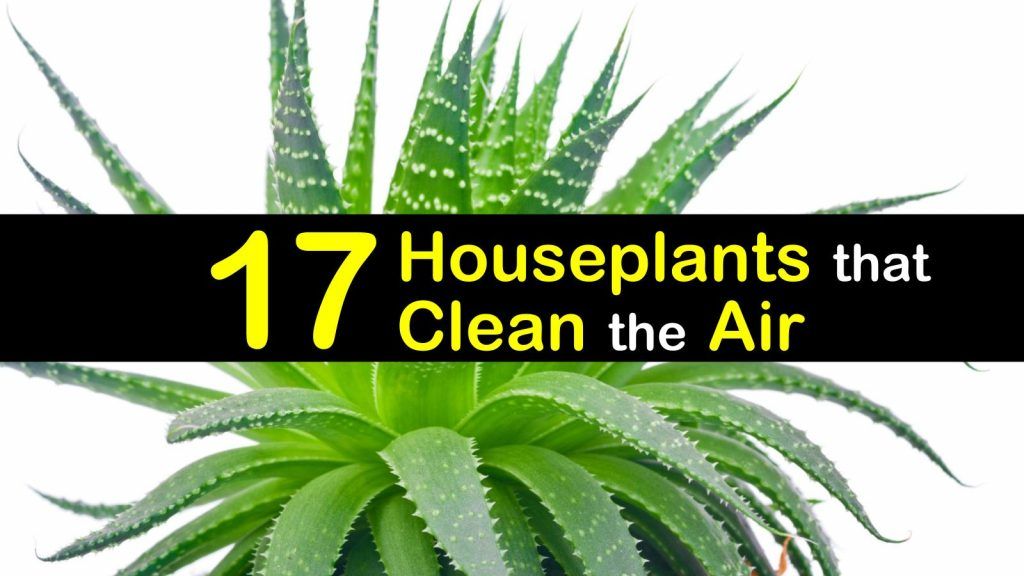 However, it is possible to reduce the harmful effects of gas pollution, to reduce the percentage of aromatic substances of the benzene series (toluene, benzene, xylene) in the air, if you put a pot of dieffenbachia somewhere in the corner or on a special table.
However, it is possible to reduce the harmful effects of gas pollution, to reduce the percentage of aromatic substances of the benzene series (toluene, benzene, xylene) in the air, if you put a pot of dieffenbachia somewhere in the corner or on a special table.
Dieffenbachia
In addition to the filtering effect, dieffenbachia will help protect against seasonal colds. The fact is that the substances secreted by it cope well with staphylococci - the main cause of influenza, tonsillitis and similar dubious “joys of life”. Flowers for Woman Many adverse substances surround us both inside and outside the house. Therefore, people are increasingly trying to surround themselves with indoor flowers that can purify the air, because everyone remembers from school that plants absorb carbon dioxide and produce oxygen.
Types of harmful compounds in an apartment or house
- Formaldehyde.
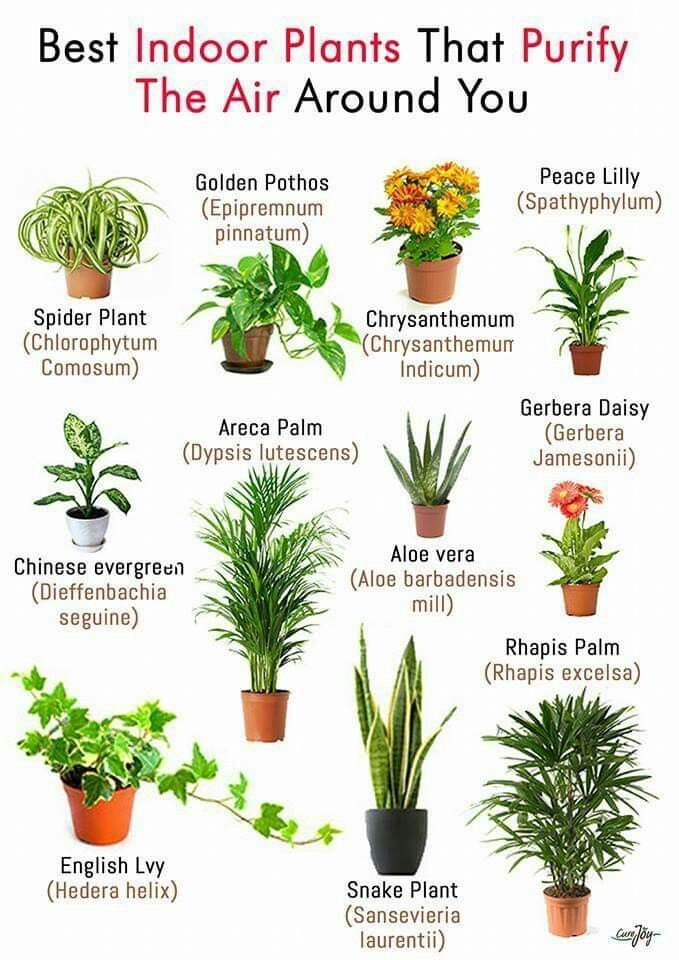 Hazard Category 2. Sources are varnishes, plastic utensils, fiberboard, chipboard, carpets, tobacco smoke, etc. Can cause cancer, vision loss, asthma, allergies.
Hazard Category 2. Sources are varnishes, plastic utensils, fiberboard, chipboard, carpets, tobacco smoke, etc. Can cause cancer, vision loss, asthma, allergies. - Trichlorethylene. It contains various cleaning products, paints, stain removers, cartridges. It acts as the strongest carcinogen, has a damaging effect on the liver, central nervous system, kidneys.
- Toluene. Hazard class 3. Sources are varnishes and paints, printers and copiers, wallpaper, solvents. It contributes to the deterioration of vision, headaches, causes poisoning of the body and, as a result, nausea and vomiting.
- Acetone. Hazard class 3. Contained in paints and varnishes, solvents. Affects the CNS.
- Benzene. Hazard Class 2. Also found in paints and varnishes, surfactants, tobacco smoke. Its action leads to dermatitis, oncology, in particular leukemia, affects internal organs, and causes mental disorders.

- Ammonia. Sources are tobacco smoke, electronic equipment. It is a neurotoxin. Causes chest pain, swelling of the lungs and respiratory tract. Intense exposure may cause respiratory arrest.
The choice of houseplants for air purification
Houseplants have not only decorative value, but also have irreplaceable properties. They are able not only to saturate the air with oxygen, but also purify from harmful impurities .
It is advised to keep only healthy flowers in apartments. If the flower is sick and languishes, it will not be able to absorb dangerous substances in sufficient quantities. For these purposes, preference is given to plants with large leaves and a dense crown .
In the bedroom, it is recommended to keep flowers that are capable of releasing essential oils, such as geraniums. It promotes healthy sleep, you will forget about insomnia and depression.
It is worth remembering that plants absorb oxygen at night.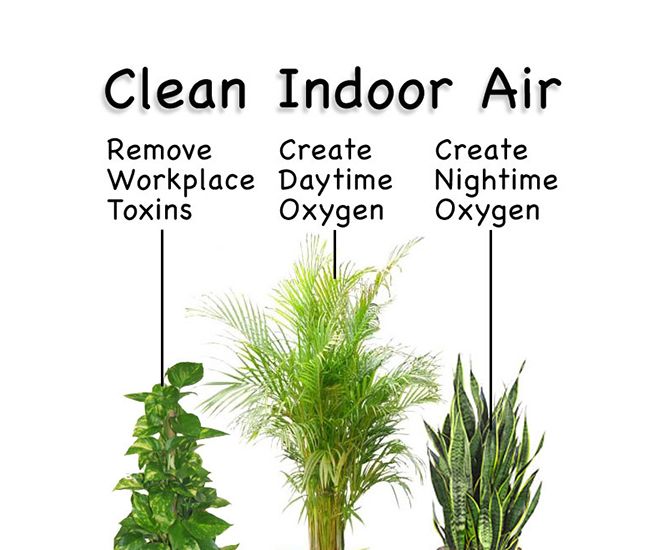 Therefore, you do not need to put a large number of flowers in the bedroom. Enough 4-5 pots on the windowsill.
Therefore, you do not need to put a large number of flowers in the bedroom. Enough 4-5 pots on the windowsill.
It is also important to place potted flowers in the kitchen. This room often contains smoke and soot. Flowers neutralize their effect and purify the air.
It is recommended to keep fragrant flowers in the house. They release more phytoncides, therefore, they purify the air in the house more efficiently.
The most popular plants that purify the air
Aloe
Purification factor 6.5.
Our grandmothers also kept aloe at home. Its juice has medicinal properties, it is widely used in folk medicine. But this is not all the useful properties of this flower.
Aloe very effectively purifies the air in the apartment. It absorbs up to 90% of indoor formaldehyde.
Aloe leaves produce a large amount of phytoncides that affect the human body. Under their influence, the human immunity is strengthened, the mental processes of the brain are improved.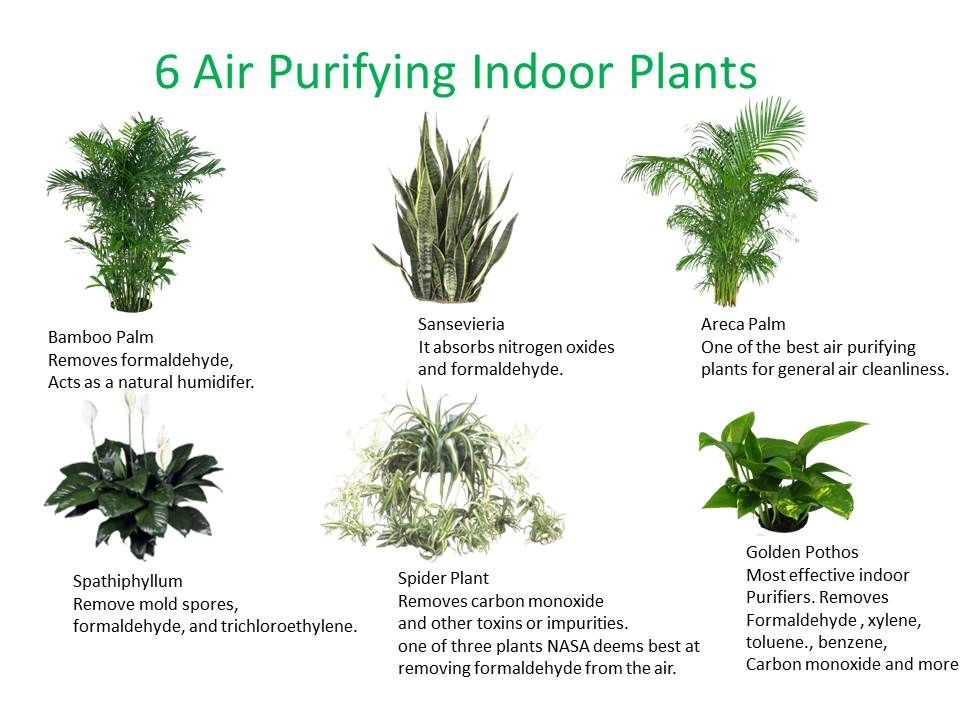
Aloe is easy to care for. Prefers to be placed on a sunny windowsill with shading from direct rays. Since it belongs to succulents, it is enough to water it once a week.
Ficus
Cleaning factor 8.0.
Thanks to its wide, large leaves, ficus is indispensable for purifying the air. It absorbs benzene, formaldehyde and ammonia. In addition, it effectively cleans the air from dust.
Ficus does not require special care. Can grow in partial shade. It needs to be watered 2-3 times a week in summer, once a week in winter. Periodically you need to wipe the leaves from dust.
Sansevieria
Cleaning factor 6.8.
Common people call this plant "mother-in-law's tongue". According to the ability to produce oxygen, sansevieria deservedly occupies one of the first places. But not only this is its value.
Phytoncides of this plant successfully fight streptococci. The latter are capable of causing various inflammatory processes in the body, including the causative agents of tonsillitis, pneumonia, scarlet fever and other serious diseases.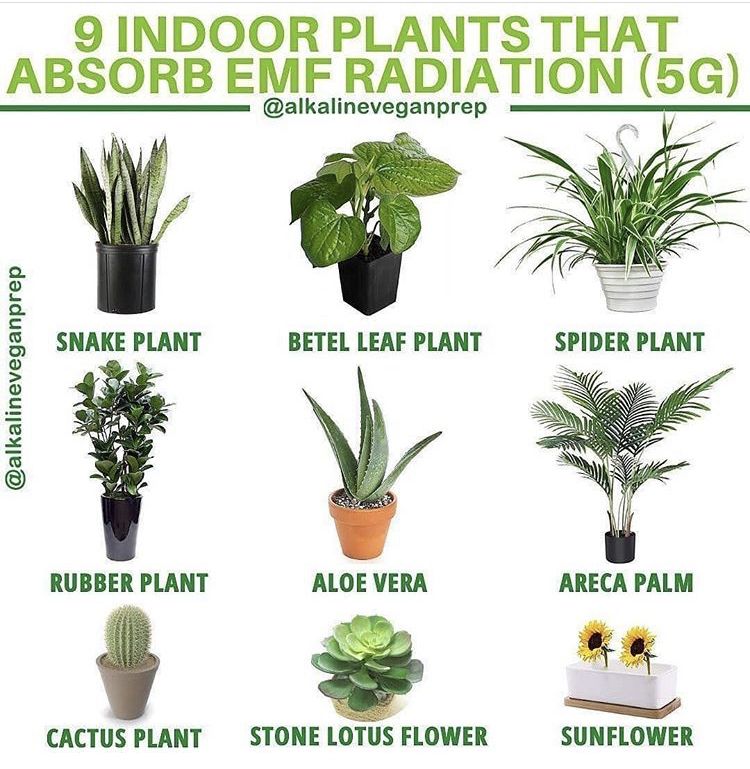
Sansevieria also reduces microbial content in the surrounding air. In addition, it absorbs all kinds of dangerous impurities, with the exception of ammonia.
Care will not be difficult even for the laziest owner. Like all succulents, it does not require frequent watering, it is enough to water it once a week with warm water. In this regard, "mother-in-law's tongue" can often be seen in offices.
Spathiphyllum
Purification factor 7.5
This flower is also known as "women's happiness". Thanks to its wide, dense foliage, the plant is able to cope with many toxins, including ammonia. Spathiphyllum also tends to increase the humidity of the air.
Sufficient flower shade-tolerant, does not require placement on the windowsill . It will grow well in the depths of the room, without losing its useful qualities. Likes abundant watering, once every 2-3 days.
Begonia
Cleaning factor 6.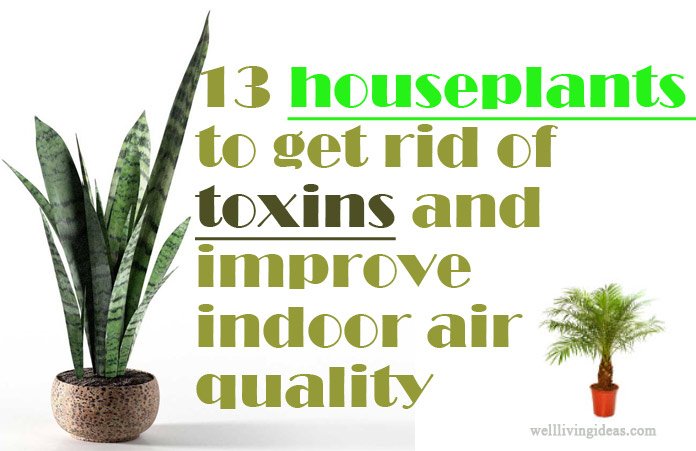 9.
9.
Excellent against various chemical vapors. With regular use of household chemicals, it is simply necessary to have it on the windowsill.
Begonia prefers partial shade . In summer, watering should be done every 3-4 days, in winter once a week.
Dracaena
Cleaning factor 7.8.
Effectively neutralizes formaldehyde vapors in the room. The plant absorbs particles of trichlorethylene and benzene that enter the room from the street, as well as from cleaning products and household chemicals.
Dieffenbachia
Purification factor 7.3.
The plant fights dangerous substances such as xylene and toluene. They are mainly distinguished by such material as parquet.
If you have parquet floors in your room, dieffenbachia will be a useful addition to the interior. The plant also effectively absorbs formaldehyde.
Dieffenbachia In care, this flower is quite unpretentious in care. Adapts to any kind of lighting. Watering should be no more than once a week.
Adapts to any kind of lighting. Watering should be no more than once a week.
Scheffler
Cleaning factor 8.0.
If smokers live in the apartment, it is recommended to pay attention to this particular plant. It absorbs tobacco smoke tar and nicotine.
Scheffler also neutralizes benzene, formaldehyde and toluene.
Flower fits any light . Water moderately, once a week.
Geranium
Geranium also perfectly cleans the air in the house. In addition to the obvious advantages, the plant fights various harmful microorganisms, "sterilizing" the surrounding air. It kills staphylococci and streptococci.
Geranium Also flower contains useful essential oils that calm the nervous system and normalize sleep.
Geranium care is not complicated. Provide good lighting and abundant watering.
Chlorophytum
Cleaning factor 7.8.
This plant is necessary primarily for residents of megacities.